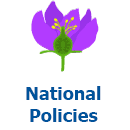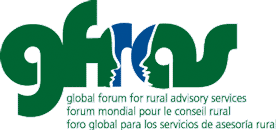Men and women of all ages need to consume a variety of foods to support growth, provide strength, improve cognitive function, and reduce susceptibility to chronic diseases, illnesses, and infection (Smolin & Grosvenor, 2016; WHO, 2014). In an effort to help address the nutrition concerns of populations, Food-Based Dietary Guidelines (FBDG) have been established in several countries around the world (FAO, 2016). These FBDG are created to inform the public about consuming more nutritious foods and living a healthier life (FAO, 2016). Additionally, countries use FBDGs not only to guide nutrition education programs but also to guide policies and programs in various sectors like agriculture, education and social protection. The purpose of this technical note is to help health professionals and non-health professionals understand basic facts about the FBDG such as origins, purpose, characteristics, and potential challenges when developing and implementing these FBDG with target communities.
 Every country has developed, formulated, and decreed national policies related to rural advisory services. Find some examples here. If you are looking for a national policy from a specific country, please use the search function, selecting the category “National policies” and the tag for the country.
Every country has developed, formulated, and decreed national policies related to rural advisory services. Find some examples here. If you are looking for a national policy from a specific country, please use the search function, selecting the category “National policies” and the tag for the country.
Wednesday, 25 April 2018 16:56
Food-based Dietary Guidelines: An Overview
Written by Ingrid OliveiraDownload here16909 times downloaded
Published in
Recommendations
Latest from Ingrid Oliveira
- Sustainable Undernutrition Reduction in Ethiopia: Training manual for Health and Agriculture Development Armies
- What Every Extension Worker Should Know - Core Competency Handbook
- Sustainable Nutrition Manual Part 3: Healthy Designs
- Sustainable Nutrition Manual Part 2: Healthy Environments
- Sustainable Nutrition Manual Part 1: Healthy Humans


